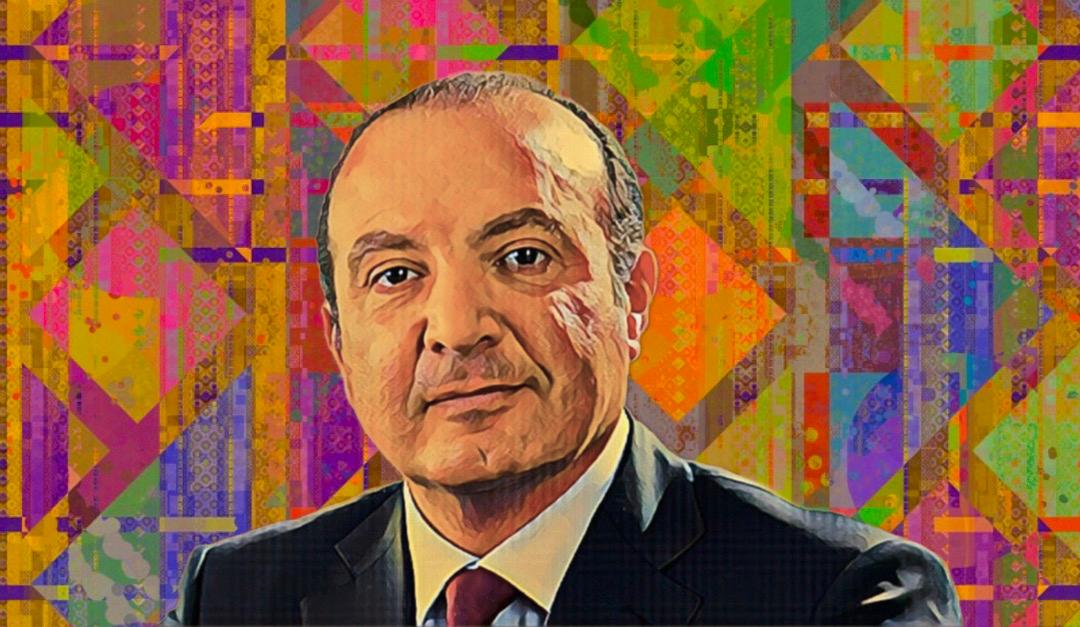In the late 1970s, after being abandoned by the Soviet Union, the Somali dictator Siyad Barre sought new patrons in the West. Soon American weapons were pouring in and his government was borrowing heavily. Many of those loans were still outstanding in 1991, when Barres regime collapsed and the country fell apart. The debt sat on the books of a state called Somalia even though, for all practical purposes, such a state had ceased to exist.
Now the debts of the past are finally being washed away. On 6 th November the US government announced that it was ready to forgive its 1.14bn share of Somalias obligations. Other governments have also been cancelling the debts they are owed, as have multilateral lenders like the World Bank and IMF. The countrys debt has fallen from 64 of GDP in 2018 to just 6 this year.
Debt relief has not only been a debt cancellation process but also a state-building endeavour for us, says Bihi Iman Egeh, Somalias finance minister. When we started the debt relief journey the state institutions were virtually absent.
Successive governments have established a nascent state while grappling with humanitarian needs and fighting the jihadists of al-Shabaab a challenge Egeh likens to building a house at the same time as trying to live in it.
Richard Riley, the US ambassador in Mogadishu, agrees that debt relief is a sign the country is heading in the right direction.












